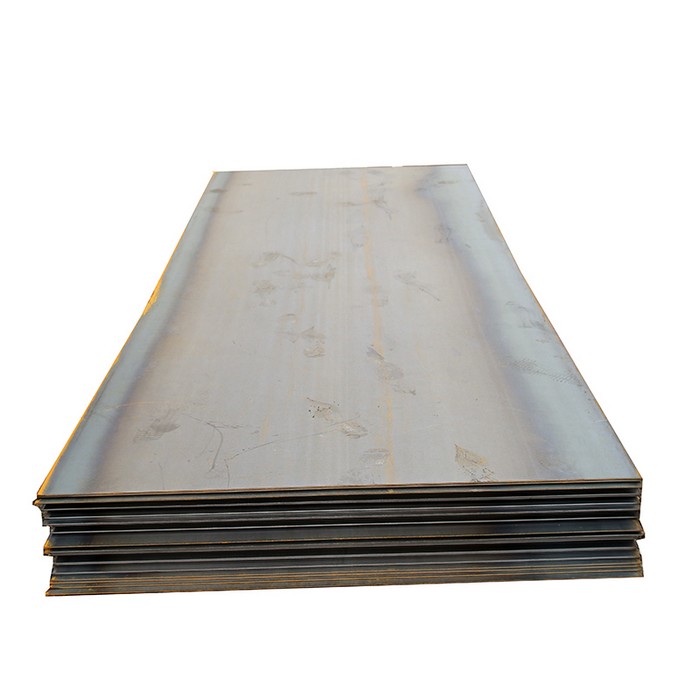After the cold rolling treatment, the hardness and strength of
Stainless Steel Sheet are significantly improved, forming performance is insufficient, and it is difficult to be put into the market, so a series of follow-up treatment should be carried out. Among them, the cold-rolled stainless steel annealing and pickling line is to carry out processing annealing for cold-rolled sheet, remove the strip stress, remove the oxide scale formed during processing annealing, and finally carry out finishing and straightening treatment to improve the surface quality of the strip and obtain satisfactory products. Therefore, it is of great practical significance to study the process comparison of annealing and pickling line for cold-rolled stainless steel.
Table of Contents hide
1 Cold rolled stainless steel, annealing and pickling
1.1 Traditional technology
1.2 Acid pickling without nitric acid
1.3 Dalnox brighttm Technology
1.4 Comparison of the three
Cold rolled stainless steel, annealing and pickling
After annealing and pickling of hot rolled
Stainless Steel Strip, cold rolling should be carried out in order to meet the corresponding performance and thickness requirements. In the process of cold rolling of stainless steel, work hardening occurs, and the work hardening level will increase with the increase of cold rolling amount. If the temperature of work hardening material is raised to 900-1100 ℃, the deformation stress can be eliminated, and then recrystallization will occur at the elevated temperature, so that the material will be softened. Annealing after cold rolling can be divided into continuous horizontal annealing and vertical bright annealing according to annealing mode, and into intermediate annealing and final annealing according to annealing process.
Process comparison of annealing and pickling line for cold rolled stainless steel
TRADITIONAL TECHNOLOGY
The traditional cold-rolled stainless steel annealing and pickling line covers the following aspects:
① The entrance area, which consists of uncoiler, shearer, straightener, etc., and is mainly used for uncoiling.
② Welding machine, usually choose narrow lap seam welding machine, choose seam welding rolling process to carry out welding work.
③ The degreasing section consists of four functional sections, including spray washing section, brush washing section and cleaning section machine drying section one by one. The degreasing medium is mainly alkali solution and hot water in rinsing section, and air knife is selected for drying.
④ Loop, horizontal loop including outlet loop, inlet loop, etc.
⑤ For annealing furnace, the horizontal suspension type gas annealing furnace is usually selected to raise the temperature of steel strip to 1050-1150 ℃, so as to eliminate the work hardening and internal stress formed during steel strip rolling. The components include preheating section, heating section, air cooling section and water mist cooling section.
⑥ Pickling section, which is mainly used to eliminate the rust on the surface of the steel strip during annealing in the furnace area. The components include neutral salt electrolysis area, scrubbing area, pickling area, cleaning section and dryer, etc. During the stainless steel annealing and pickling production, HF + HNO3 mixed acid pickling is often used to remove the oxide layer on the surface of the steel strip produced by the annealing process of the hot rolling mill, and at the same time, the stainless steel surface is passivated by pickling to enhance the corrosion resistance of the steel plate.




